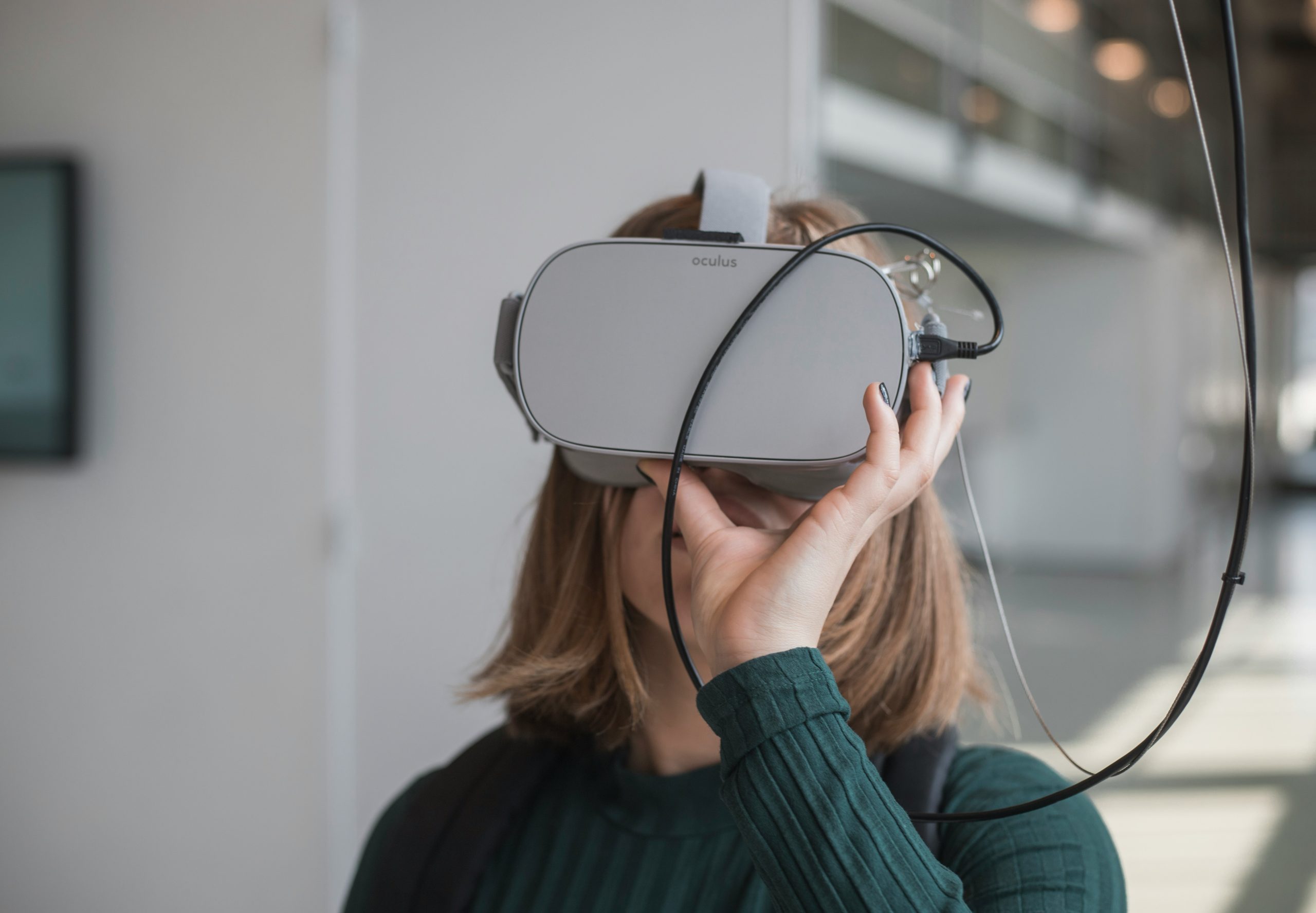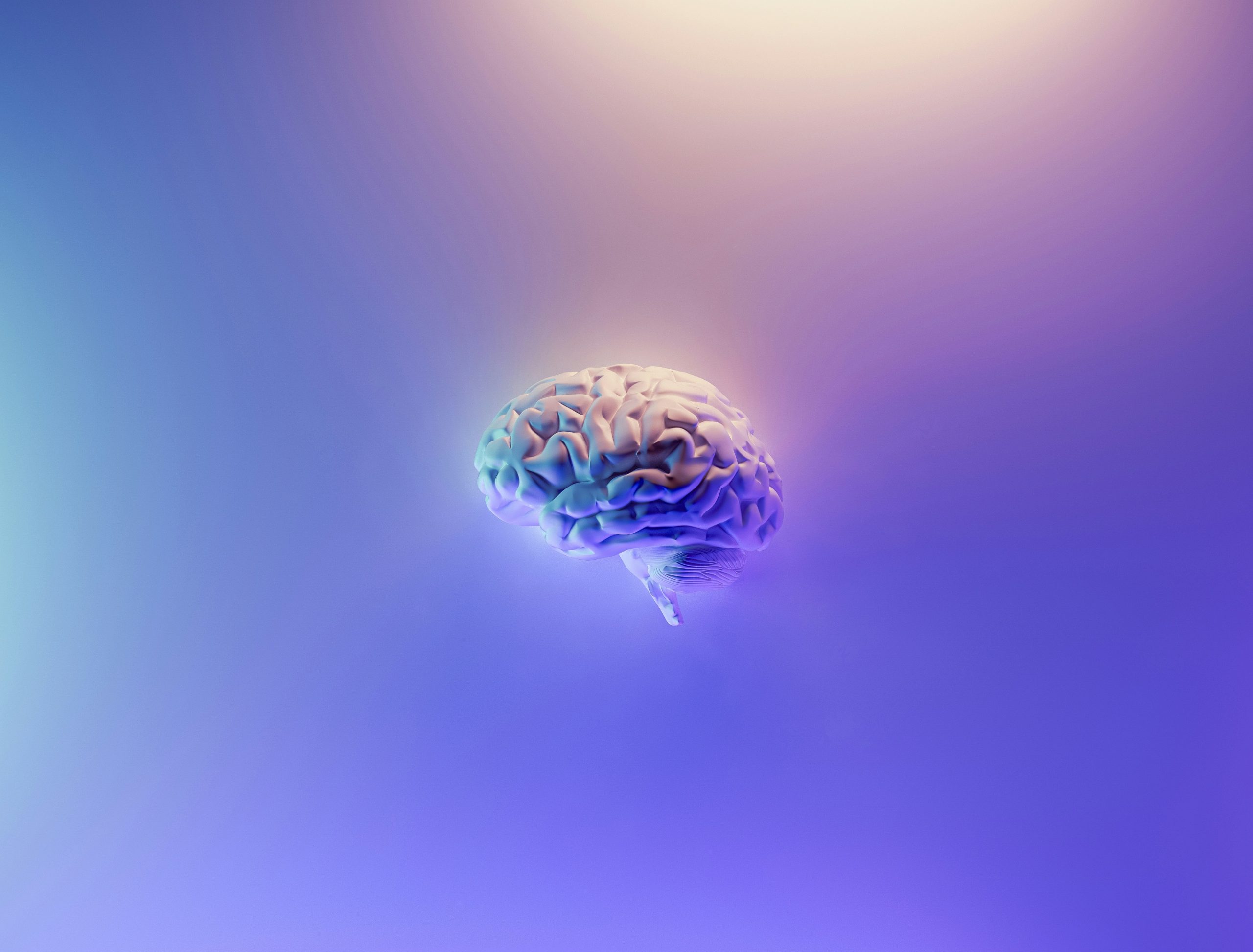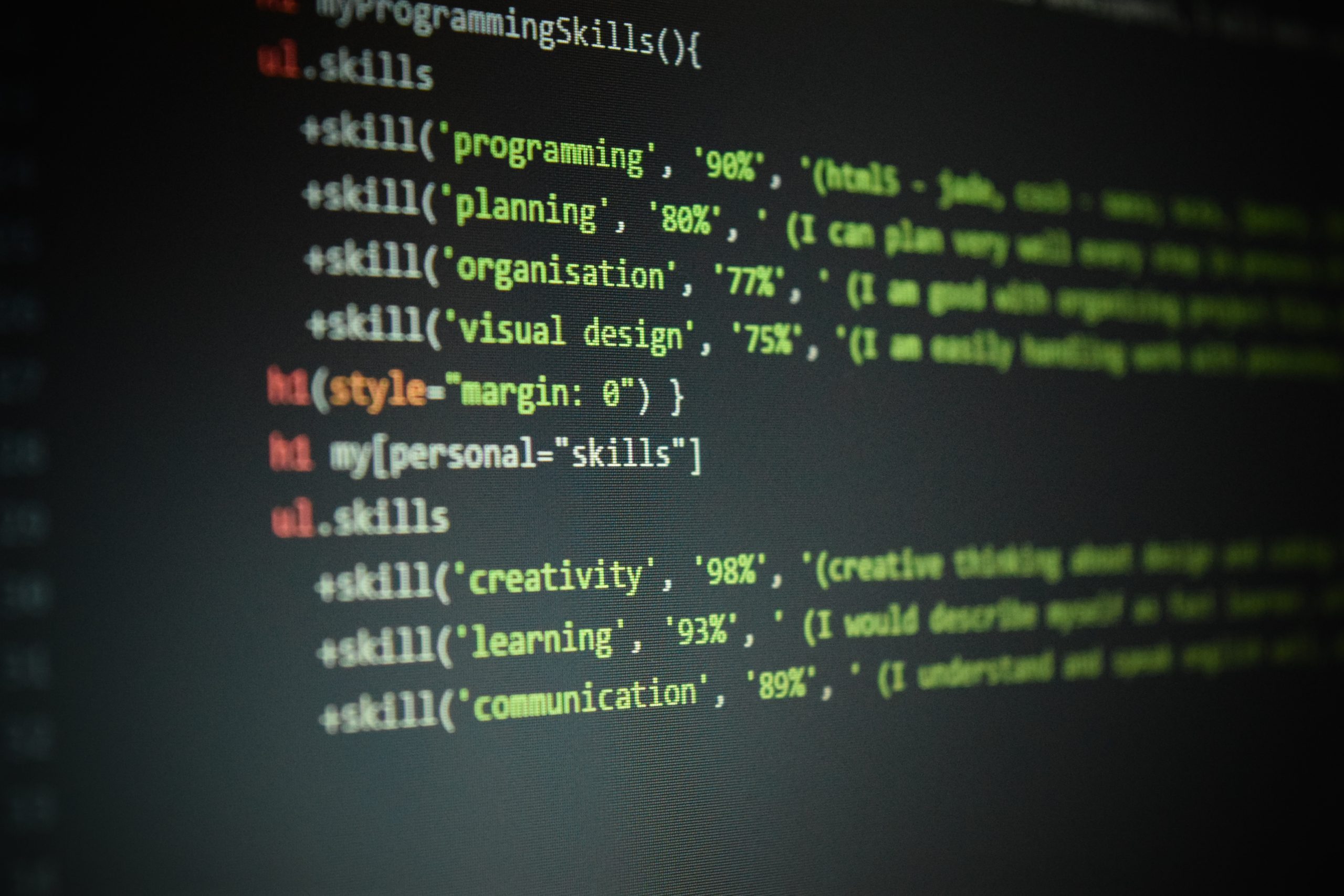Published on: April 12, 2024
AI Burnout Reduction: 2024’s Comprehensive Guide
Author: Inge von Aulock
Introduction
AI burnout reduction isn’t a futuristic concept anymore. It’s a reality.
In 2024, we’re not just talking about AI; we’re living it. And it’s transforming the way we manage burnout.
This guide is your roadmap to understanding how AI is revolutionizing burnout reduction. From detecting early signs of burnout to suggesting personalized interventions, AI is playing a pivotal role.
But it’s not just about the technology. It’s about the human lives it’s improving.
Welcome to the new frontier of stress management. Let’s explore how AI is making it happen.
Harnessing AI to Combat Burnout: A Step-by-Step Guide
- AI can detect early signs of burnout, suggest personalized interventions, and monitor progress over time.
- This guide will provide a detailed, step-by-step approach to using AI to reduce burnout.
Step 1: Identifying the Signs of Burnout with AI
AI’s ability to analyze patterns in behavior, productivity, and communication makes it a powerful tool for detecting early signs of burnout. Early detection is crucial in preventing severe burnout, as it allows for timely interventions.
AI can analyze various data points, such as changes in work patterns, communication styles, and even biometric data, to identify potential signs of burnout. For instance, a sudden drop in productivity, increased absenteeism, or changes in email communication patterns could all be indicators of burnout.
Step 2: Implementing AI-Driven Interventions
Once burnout signs are identified, AI can suggest personalized interventions based on the individual’s symptoms and triggers. These interventions can range from recommending breaks, suggesting stress management techniques, to adjusting workload.
For example, if an individual’s burnout is triggered by excessive workload, AI can suggest workload adjustments or recommend delegation strategies. If stress is a major factor, AI can recommend stress management techniques such as mindfulness exercises or relaxation techniques.
AI-driven interventions are not one-size-fits-all. They are tailored to the individual’s needs, making them more effective in addressing burnout.
Step 3: Monitoring Progress and Adjusting Interventions
AI’s role doesn’t end with suggesting interventions. It continues to monitor progress over time and adjust interventions as needed. This continuous support and personalized care can significantly reduce burnout.
For instance, if an individual’s stress levels remain high despite implementing suggested interventions, AI can adjust its recommendations. It might suggest trying different stress management techniques or recommend seeking professional help.
AI’s ability to track progress and adjust interventions ensures that the individual receives the most effective support possible.
Step 4: Enhancing Workplace Efficiency with AI
AI can also be used to increase efficiency in the workplace, which can indirectly help reduce burnout. By automating repetitive tasks, AI can free up time for employees to focus on more meaningful work, reducing stress and increasing job satisfaction.
For example, AI can automate data entry tasks, schedule meetings, or even answer customer queries, reducing the workload for employees.
By increasing efficiency, AI not only helps businesses save time and money, but also contributes to a healthier, less stressful work environment.
Step 5: Supporting Mental Health with AI
Lastly, AI can play a significant role in supporting mental health, which is closely linked to burnout. AI can provide mental health support in various ways, such as offering cognitive behavioral therapy (CBT) techniques, providing mindfulness exercises, or even connecting individuals to mental health professionals.
For instance, AI-powered chatbots can provide CBT techniques to individuals struggling with stress or anxiety. These chatbots can be accessed anytime, anywhere, providing immediate support when needed.
By supporting mental health, AI can help prevent burnout and promote overall well-being.
The Role of AI in Reducing Physician Burnout
- AI can streamline administrative tasks, freeing up physicians to focus on patient care.
- AI can enhance patient care, reducing stress and burnout among physicians.
Streamlining Administrative Tasks
Artificial Intelligence (AI) has the potential to automate time-consuming administrative tasks, allowing physicians to focus more on patient care. For instance, AI can be used to automate the process of scheduling appointments, managing patient records, and even billing. This not only saves time but also reduces the risk of errors, which can lead to stress and burnout among physicians.
According to a study by the American Medical Association, physicians spend an average of two hours on administrative tasks for every hour they spend with patients. By automating these tasks, AI can significantly reduce this burden, allowing physicians to spend more time with their patients.
AI applications in healthcare administration are already showing promising results. For example, AI-powered chatbots can handle routine inquiries from patients, freeing up time for healthcare professionals. Similarly, AI can be used to analyze patient data and generate reports, reducing the time physicians spend on paperwork.
Enhancing Patient Care with AI
AI can also play a crucial role in improving patient care, thereby reducing stress and burnout among physicians. For instance, AI can be used to analyze patient data and identify patterns that might be missed by human doctors. This can lead to earlier diagnosis and more effective treatment plans, improving patient outcomes and reducing the stress on physicians.
According to a report by Accenture, AI could potentially save the U.S. healthcare system $150 billion annually by 2026 through improved operational efficiency and patient outcomes.
AI is already being used in diagnostics, treatment planning, and patient monitoring. For example, AI algorithms can analyze medical images to detect diseases such as cancer at an early stage. Similarly, AI can be used to monitor patient vitals and alert physicians to any changes that might indicate a problem. This not only improves patient care but also reduces the workload on physicians, helping to prevent burnout.
In conclusion, AI has the potential to significantly reduce physician burnout by automating administrative tasks and enhancing patient care. However, it’s important to remember that AI is a tool to assist physicians, not replace them. The human touch in medicine is irreplaceable and AI should be used to augment, not replace, the work of healthcare professionals.
AI in 2024: Beyond the Hype
- AI has evolved from a hyped concept to a reality, delivering tangible benefits across industries.
- AI’s role in burnout reduction is backed by recent studies and data, debunking overhyped claims.
The Evolution of AI: From Hype to Reality
Artificial Intelligence (AI) has come a long way since its inception. Once a buzzword, AI is now a reality, transforming industries and reshaping the way we live and work. The journey of AI from hype to reality is a testament to the relentless pursuit of innovation and technological advancement.
In the early 2000s, AI was largely a theoretical concept, confined to research labs and science fiction. However, the last decade has witnessed a rapid evolution of AI, with advancements in machine learning, natural language processing, and deep learning propelling AI from the realm of hype to reality.
AI’s impact is far-reaching, spanning sectors from healthcare to finance, retail to manufacturing. For instance, AI-powered predictive analytics is helping businesses make data-driven decisions, while AI algorithms are revolutionizing healthcare by enabling early disease detection and personalized treatment plans.
The Role of AI in Burnout Reduction: A Reality Check
AI’s role in reducing burnout is not just a hyped claim but a reality backed by data and studies. AI-powered tools are increasingly being used to alleviate burnout, particularly in high-stress professions like healthcare.
For instance, AI is being leveraged to automate administrative tasks, reducing the workload and freeing up time for healthcare professionals to focus on patient care. AI chatbots are providing mental health support, offering a safe space for individuals to express their feelings and receive immediate assistance.
However, it’s crucial to address the misconceptions surrounding AI’s role in burnout reduction. While AI can certainly aid in reducing burnout, it’s not a silver bullet. Burnout is a complex issue, often rooted in systemic problems like long working hours, lack of support, and high job demands. AI can help alleviate some of these issues, but it cannot replace the need for comprehensive workplace reforms.
Is AI Overhyped in 2024?
The question of whether AI is overhyped in 2024 is a valid one. While AI has indeed delivered tangible benefits, it’s also true that the hype surrounding AI often outpaces its actual capabilities. The Gartner Hype Cycle for AI 2024 suggests that AI is moving from the ‘Peak of Inflated Expectations’ to the ‘Trough of Disillusionment’, indicating that the hype is indeed fading.
However, this doesn’t mean that AI’s potential is diminishing. On the contrary, as AI continues to evolve and mature, it’s likely to deliver even more significant benefits in the future. The key is to approach AI with a balanced perspective, recognizing its potential while also being mindful of its limitations.
The Prediction for AI in 2024
The prediction for AI in 2024 is promising. As AI continues to evolve, it’s expected to deliver even more significant benefits across industries. For instance, AI is predicted to play a crucial role in addressing some of the world’s most pressing challenges, from climate change to healthcare.
AI is also expected to become more accessible and user-friendly, with advancements in AI interfaces making it easier for non-technical users to leverage AI. This democratization of AI is likely to spur innovation and drive growth across sectors.
For a deeper dive into the evolution and future of AI, consider reading “Artificial Intelligence: A Modern Approach” by Stuart Russell and Peter Norvig, and “Prediction Machines: The Simple Economics of Artificial Intelligence” by Ajay Agrawal, Joshua Gans, and Avi Goldfarb. These books provide a comprehensive overview of AI, its evolution, and its potential impact on society and the economy.
AI and Stress Management: A New Frontier
- AI’s role in detecting and managing stress
- The future of AI in stress management
- Real-world applications of AI in stress management
AI-Powered Stress Detection and Management Tools
Artificial Intelligence (AI) has made significant strides in the realm of stress detection and management. By analyzing various data points such as heart rate, sleep patterns, and even voice tonality, AI can detect stress levels with remarkable accuracy. This data-driven approach allows for personalized stress management strategies, tailored to the individual’s unique stressors and coping mechanisms.
Popular AI-powered stress management tools like Moodfit and MoodMission utilize these capabilities to provide users with personalized mental health support. Moodfit, for instance, uses AI to offer tailored activities such as breathing exercises, gratitude journaling, and cognitive behavioral therapy techniques. MoodMission, on the other hand, suggests evidence-based interventions based on the user’s reported feelings and symptoms.
The Future of AI in Stress Management
The potential of AI in revolutionizing stress management is immense. As AI algorithms become more sophisticated, they will be able to predict stress episodes before they occur, enabling preemptive intervention. This could fundamentally change how we approach mental health, shifting the focus from treatment to prevention.
Ongoing research in this area is promising. For instance, a study by the University of Southern California’s Institute for Creative Technologies found that machine learning algorithms could predict stress levels with 85% accuracy by analyzing speech patterns.
Emerging trends in AI stress management include the integration of AI with wearable technology for real-time stress monitoring and the use of AI in workplace wellness programs. For example, companies like BioBeats use AI to analyze biometric data from wearable devices to provide personalized stress management solutions.
AI’s role in stress management is not just about detection and intervention. It’s also about providing individuals with the tools and insights they need to understand their stress patterns and take proactive steps towards better mental health. This is particularly relevant in the context of work-related stress, where AI can help identify stress triggers and suggest effective coping strategies.
In answering the question, “How does AI reduce stress?” it’s clear that AI’s ability to analyze large amounts of data and provide personalized insights is key. By understanding our stress patterns, we can better manage our mental health and prevent burnout.
Looking Ahead: AI and Burnout Reduction in 2025 and Beyond
- Predicted trends in AI and burnout reduction
- Preparing for the future of AI in burnout reduction
- Understanding AI and its role in burnout reduction
Predicted Trends in AI and Burnout Reduction
AI is rapidly evolving, and its application in burnout reduction is no exception. By 2025, we can expect several trends to emerge.
Increased Use of AI in Mental Health Apps
AI-powered mental health apps are becoming increasingly popular. These apps use AI to provide personalized recommendations, track mood changes, and offer cognitive behavioral therapy techniques. By 2025, we can expect these apps to become even more advanced, with AI algorithms capable of detecting subtle changes in user behavior and providing more accurate recommendations.
Integration of AI in Workplace Wellness Programs
Workplace wellness programs are starting to incorporate AI to help employees manage stress and prevent burnout. By 2025, it’s likely that AI will be a standard feature in these programs, providing personalized recommendations based on individual stress levels and work habits.
To leverage these trends, professionals should stay informed about the latest advancements in AI and mental health, and consider incorporating AI tools into their own wellness routines or workplace wellness programs.
Preparing for the Future: Maximizing the Benefits of AI
As AI becomes more integrated into burnout reduction strategies, it’s important to prepare for this future.
Selecting AI Tools
When selecting AI tools, consider factors such as ease of use, privacy and security features, and the quality of the AI algorithms. Look for tools that have been scientifically validated and have positive reviews from users.
Integrating AI into Existing Systems
To integrate AI into existing systems, start by identifying areas where AI could provide value, such as data analysis or personalized recommendations. Then, work with a tech team or AI consultant to implement the AI tools.
Training Staff to Use AI Effectively
To ensure that staff can use AI effectively, provide training on how to use the AI tools and how to interpret the data and recommendations provided by the AI. This training should be ongoing, as AI tools and best practices are constantly evolving.
Understanding AI and Burnout Reduction
AI, or artificial intelligence, is a branch of computer science that involves creating systems that can learn from data, make decisions, and perform tasks that normally require human intelligence. In the context of burnout reduction, AI can be used to analyze data on stress levels, work habits, and other factors, and provide personalized recommendations to help individuals manage stress and prevent burnout.
While AI has many benefits, it’s not a magic bullet for burnout reduction. It’s important to use AI as part of a balanced approach, combining it with traditional burnout reduction strategies such as mindfulness, exercise, and social support.
The Final Word: Embracing AI for Burnout Reduction
AI’s role in detecting burnout signs, suggesting personalized interventions, and streamlining administrative tasks is a game-changer. It’s not just hype; it’s a reality that’s revolutionizing stress management and patient care. The future holds promising trends in AI for burnout reduction, but it’s crucial to understand its benefits and limitations.
Now, it’s time to act. Start by identifying AI tools that align with your needs. Integrate them into your systems and train your staff to use them effectively. Remember, AI is a tool, not a magic wand. It’s most effective when combined with traditional burnout reduction strategies.
How will you leverage AI to combat burnout in your organization? What steps will you take to prepare for the future of AI in burnout reduction?
Remember, the journey to burnout reduction is a marathon, not a sprint. But with AI on your side, you’re well-equipped for the road ahead. Let’s embrace the future, one step at a time.
Inge von Aulock
I'm the Founder & CEO of Top Apps, the #1 App directory available online. In my spare time, I write about Technology, Artificial Intelligence, and review apps and tools I've tried, right here on the Top Apps blog.
Recent Articles

Explore the advantages of combining AI and VR with digital CBT platforms, enhancing therapy effectiveness and patient engagement through data.
Read More
Explore the latest advances in AI and CBT integration. Discover the new ways AI can enhance therapy effectiveness and accessibility in mental health...
Read More
In our artificially intelligent world, learning high-income AI skills can jumpstart your career and further your opportunities. Find out the fundamentals now.
Read More